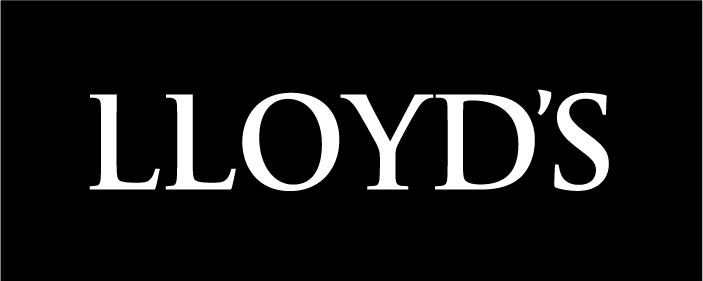Forecasts & Results
Lloyd’s 1H22 Interim Results
Posted 08/09/2022 – Quick takes

Lloyd’s 1H22 interim results: an improved underwriting performance, despite a £1.1bn net reserve for claims related to Ukraine.
- Lloyd’s has reported a pre-tax first-half loss of £(1.8)bn, compared to a £1.4bn profit 12 months ago – but this is attributable to a net investment mark-to-market loss of £3.1bn (compared with a market-to-market profit of £628m in 1H21).
- This mark-to-market investment ‘loss’ will largely unwind over the coming quarters as the (short-duration) fixed income investments redeem at par (known as pull-to-par). Indeed by the end of August 25% of this ‘loss’ had been recovered.
- In addition, Lloyd’s expects a c£1.1bn per annum benefit for the investment result from higher interest rates in the future, boosting overall returns for the market.

Source: Lloyd's
- Lloyd’s noted that 2022 has been a challenging year thus far due to: natural catastrophe losses (inc. Winter Storm Uri, Eastern Australian floods); Russia’s invasion of Ukraine; the emergence of inflation as a major factor for the first time in c30 years; and other geopolitical factors.
- Lloyd’s has reserved £1.1bn (net of reinsurance) for claims as a result of the war in Ukraine.
- Despite this Ukraine reserve and the impact of natural catastrophes in the first-half, Lloyd’s has reported an improved underwriting result.
- Underwriting profits in 1H22 increased to £1.2bn from £960m in 1H21, with the combined ratio improving by 0.8 percentage points (ppts) to 91.4%. This is the market’s strongest combined ratio since 2015.
- On an “underlying basis,” (i.e. adjusting for the impact of ‘major claims’) Lloyd’s reports that the combined ratio strengthened from 85.4% in 1H21 to 81.5% in 1H22.

Source: Lloyd's
- During 1H22, the attritional loss ratio improved vs. 1H21 by 1.6ppts to 48.9% and the expense ratio improved by 0.4ppts to 35.4%.
- Gross written premiums (GWP) rose by 17.4%, year-on-year, to £24.0bn in 1H22 (vs. £20.5bn in 1H21), of which 5ppts was due to FX, 4.7ppts was organic growth and 7.7ppts was due to rate improvements (marking five consecutive years of positive rate movement for Lloyd’s).
-
Lloyd’s capital and solvency positions remain strong with central solvency and market solvency ratios of 395% (+7ppts) and 179% (+2ppts), respectively. Lloyd’s credit ratings are unchanged as a result.
Alpha Comment
The continued improvement in the underwriting performance of the Lloyd’s market is, of course, to be welcomed. This is evidenced by both the attritional loss ratio and the combined ratio. The north Atlantic hurricane season is a critical factor determining the profitability (or otherwise) of the Lloyd’s market, so it is too early to read across to the full year from these interim results. It is however, clear that the actions of the Performance Management Directorate are continuing to bear fruit and we are comforted that Lloyd’s will continue to focus upon underwriting standards, despite these improvements. Indeed, John Neal (CEO of Lloyd’s), was quick to point out that rate improvements achieved means that in aggregate prices charged by the market are “no better than good enough” and that there will be a continuing drive to improve rate adequacy in the face of inflationary pressures and climate change. The improvement in the Lloyd’s expense ratios are said to be only half way there and will need to improve further if Lloyd’s is to remain a globally relevant player. Burkhard Keese (Lloyd’s CFO) stressed that costs at Lloyd’s were too high “but not stubborn.” The increasing digitalisation of the market, to “future proof” Lloyd’s and create a market that is “better, faster and cheaper” should help in this regard – but more will need to be done, particularly in terms of acquisition costs. The Ukraine reserve number at 94% IBNR is reassuring and is based upon detailed probability weighted as a result of legal advice received by the managing agents, rather than by taking a simple Lloyd’s market share of the global estimate of potential total Ukraine losses. John Neal also explained that Lloyd’s is finally seeing changes in the reinsurance market (years later than the general and retro markets), which Lloyd’s believes will be a further positive for the market, both in terms of pricing and reinforcing underwriting discipline. Burkhard Keese described reserves as ‘rock sold’ with stable reserve margins and the COVID-19 figure unchanged. Overall, these are an encouraging set of results for our members and underline the improving market conditions within the Lloyd’s market.
